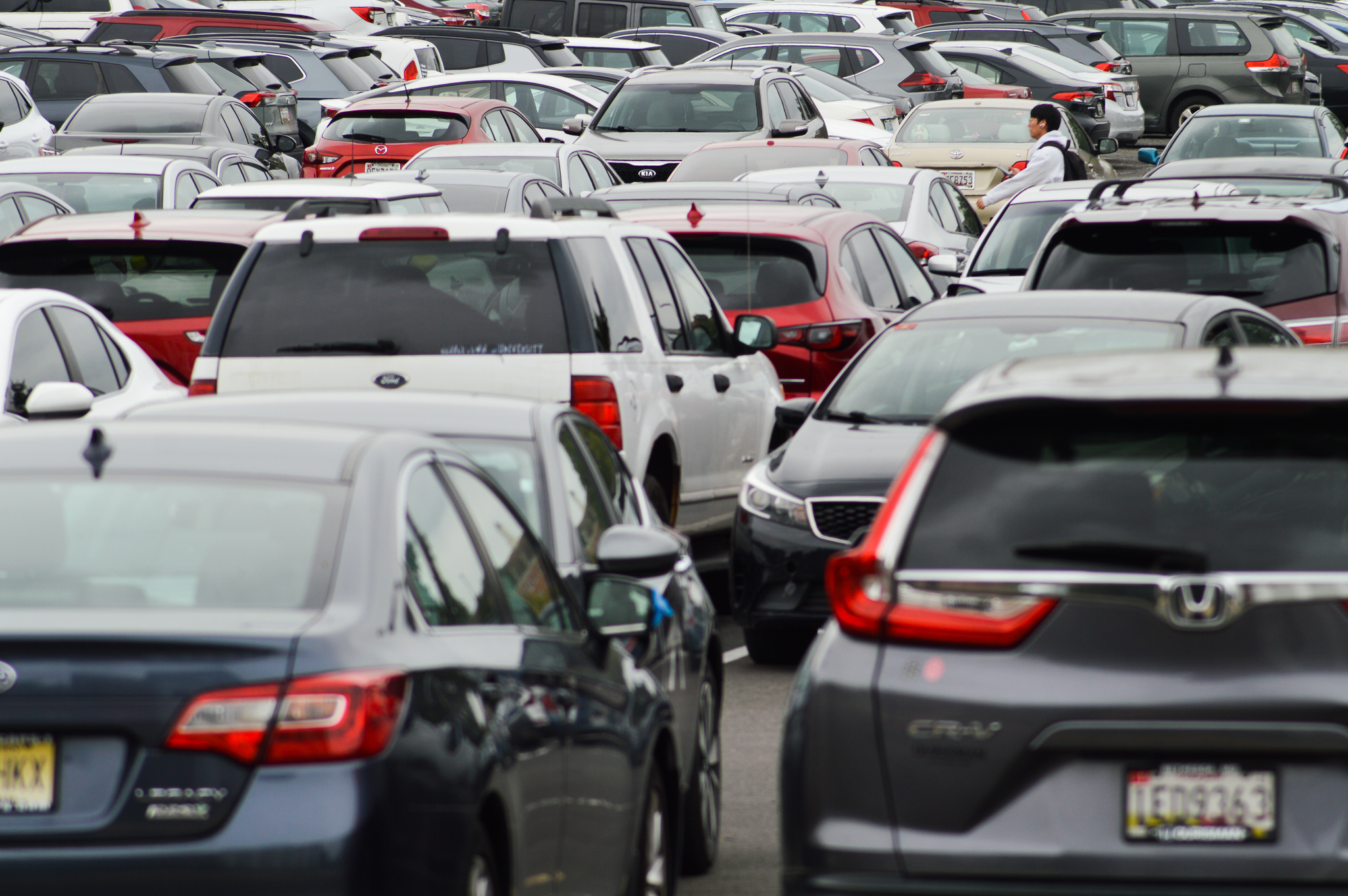The College Park City Council approved roadway design improvements for Rhode Island Avenue after a public hearing on Tuesday.
The improvements in Rhode Island Avenue’s 7200 block are meant to act as traffic calming measures. City staff recommended the improvements after a traffic calming study last spring unearthed issues with cars and cyclists going in the wrong direction on the one-way southbound street and conflict between cars and cyclists at the avenue’s intersection with Calvert Road.
City staff recommended installing a concrete barrier at Rhode Island Avenue and Calvert Road’s intersection in order to separate the street into two lanes. The improved design will have an 11-foot wide lane for cars and a 5-foot wide lane for cyclists going the opposite direction of traffic.
“The private lane will provide separation from the through traffic and provide a refuge where the bicyclists can access Calvert Road safely,” city engineer Steven Halpern said at Tuesday’s meeting.
[College Park City Council discusses city-university partnership, affordable housing]
Staff also recommended the implementation of a concrete barrier to create an 11-foot wide travel lane at the intersection of Rhode Island Avenue and the two-way street Harvard Road to prevent incoming wrong-way traffic on Rhode Island.
After a Sept. 5 public hearing about the traffic study, the city’s mayor and council voted to refer the matter to the city’s Bicycle Pedestrian Advisory Committee. The committee endorsed adding boundaries in order to separate and guide cyclists on one-way streets.
Mark Shroder, the committee’s chair, said during Tuesday’s meeting that the design improvements could help make the road a “better solution for adult bicyclists” than the neighboring Trolley Trail. According to Shroder, the Trolley Trail’s popularity with pedestrians creates many opportunities for “conflicts between bicyclists and pedestrians.”
District 3 council member John Rigg, whose district encompasses Rhode Island Avenue’s 7200 block, also endorsed the design improvements.
“This council’s been trying to work with the community, trying to work with the city engineer to strike a reasonable compromise that then creates a safer space for cyclists and pedestrians,” Rigg said during Tuesday’s meeting. “I think this is a great way to begin.”
District 3 council member Stuart Adams said he liked the idea of adding a concrete barrier at Rhode Island Avenue and Harvard Road, but believes flexible bollards could be more optimal for biker safety.
[College Park to launch new city website]
Flexible bollards are rugged traffic posts that can bend without losing shape or causing damage to cars that hit them. Adams said flexible bollards make it easier for cyclists to jump out of the way of cars because they are not a hardened concrete barrier.
Sarah Cutler, who lives within the block, said during the hearing that she and other neighbors are interested to hear more about Adams’s recommendations.
Halpern said the roadway design improvements are expected to cost about $5,000.
Some city residents, like David Dorsch, said the project is too expensive.
“What is needed here is a much less expensive fix,” Dorsch said.
He suggested installing a camera to take pictures and give tickets to cars that drive the wrong way down the street.
Rigg said the $5,000 cost would only be a fraction of the city’s budget.
“The good news is that we can afford to redo it if we have to,” Rigg said. “We can always go back to the way it was. We can always add more if this doesn’t work.”
CORRECTION: A previous version of this story misstated the roadway design improvement’s cost. The improvement will cost $5,000. This story has been updated.



